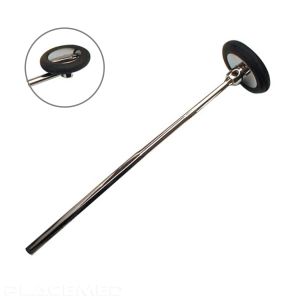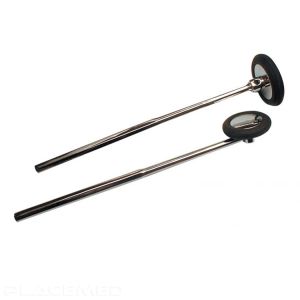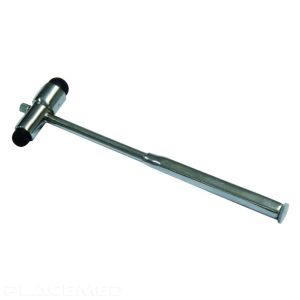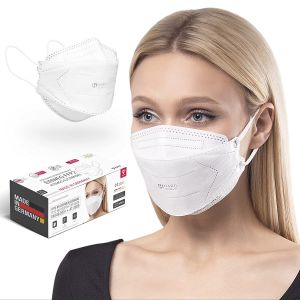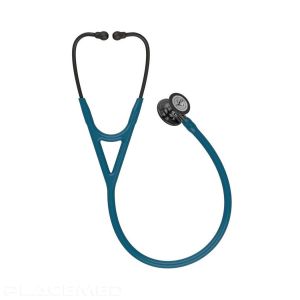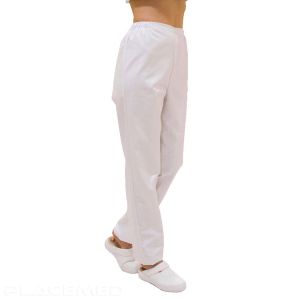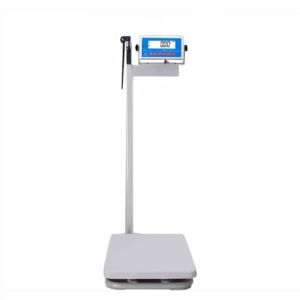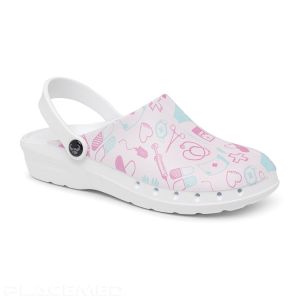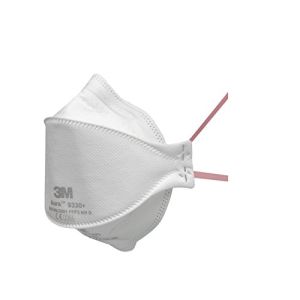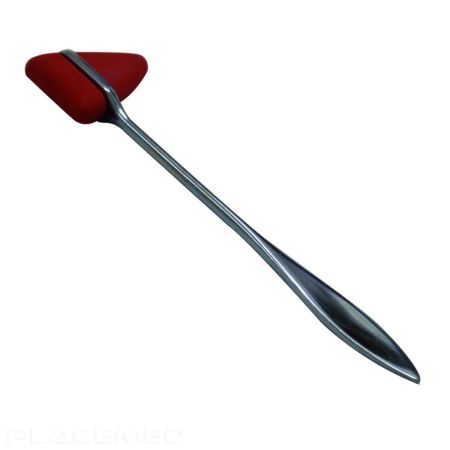
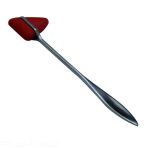
Taylor Reflex Hammer 19 cm: Reliability and Precision
The Taylor Reflex Hammer 19 cm is a top choice for professionals.
- 19 cm handle for optimal grip.
- Hard rubber triangular head for increased precision.
- Ideal for testing tendon reflexes.
- One of the most used models in neurology.
- Replacement guarantee for any manufacturing defects.
Estimated shipping time: 15 business days
A trusted intermediary
Certified professionals
Secure transactions
Certified professionals
Secure transactions
3.13€ Excl Tax
3.76€ Incl Tax
Estimated delivery on 02/01/2026
Factory Direct
Customer reviews
Read reviews
Specifications
| SKU | CM 41 581 30 |
|---|---|
| EAN |
ND
|
| Brand | COMED |
Description
Description - Taylor Reflex Hammer 19 cm: Reliability and Precision
The Taylor Reflex Hammer, with its 19 cm handle, offers a perfect balance of comfort and functionality. Its hard rubber triangular head is specially designed for effective testing of tendon reflexes, making it indispensable for neurological examinations. Known for its reliability, this hammer is one of the most common instruments in neurology. Additionally, the replacement guarantee in case of manufacturing defects assures peace of mind for healthcare professionals.
Reviews (0)
 Francais
Francais 

